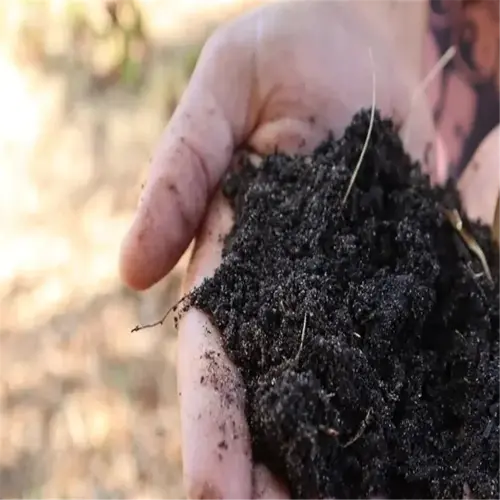What plant attracts the most pollinators?

Written by
Tina Carter
Reviewed by
Prof. Martin Thorne, Ph.D.In terms of attracting pollinators, Milkweed elevates itself above all of the plants in the garden. Its flowers, reflecting ultraviolet light, serve as neon signs for bees to discover food. The city-dwelling sticky sap is a deterrent to pests. The leaves are the only source of food for Monarch butterflies. A single Milkweed patch can provide sustenance for 20+ caterpillars to chrysalis.
Specialized Adaptations
- UV flower patterns visible only to bees and butterflies
- Toxic cardiac glycosides protect monarch larvae from predators
- 24/7 nectar production during peak bloom weeks
Ecosystem Impact
- Hosts 450+ insect species vs. 3-5 for most non-natives
- Increases nearby crop yields via pollinator spillover
- Stabilizes soil with 36-inch-deep taproots
Plant milkweed in clusters of five or more, as it resembles natural stands where pollinators feel more comfortable. For example, in one season, a client's 8x10-foot patch of milkweed attracted 63 bee species and 14 monarchs. If you allow adequate spacing, you can plant milkweed plants 18 inches apart to prevent mildew and allow movement for caterpillars.
Among my personal favorites is the swamp milkweed, which is the more successful variant in wetter areas, while the butterfly weed succeeds in more dry soils. I also tend to grow goldenrod alongside the milkweed for more plants that bloom sequentially, seeing the milkweed peak in late June and goldenrod maximize bloom in September. This sequence for pollinators continues to provide food from May through frost.
The stems that have already flowered can be left standing until spring. Their hollow tubes are ideal places for overwintering bees, in one milkweed stalk I found 42 mason bee cocoons last March. This messy beauty is much more valuable, ecologically speaking than the perfect lawn.
Read the full article: Top Native Pollinator Plants for a Healthy Ecosystem

